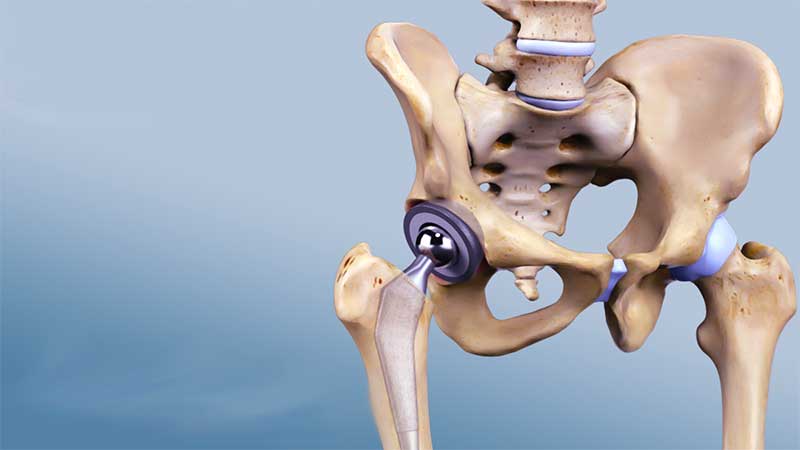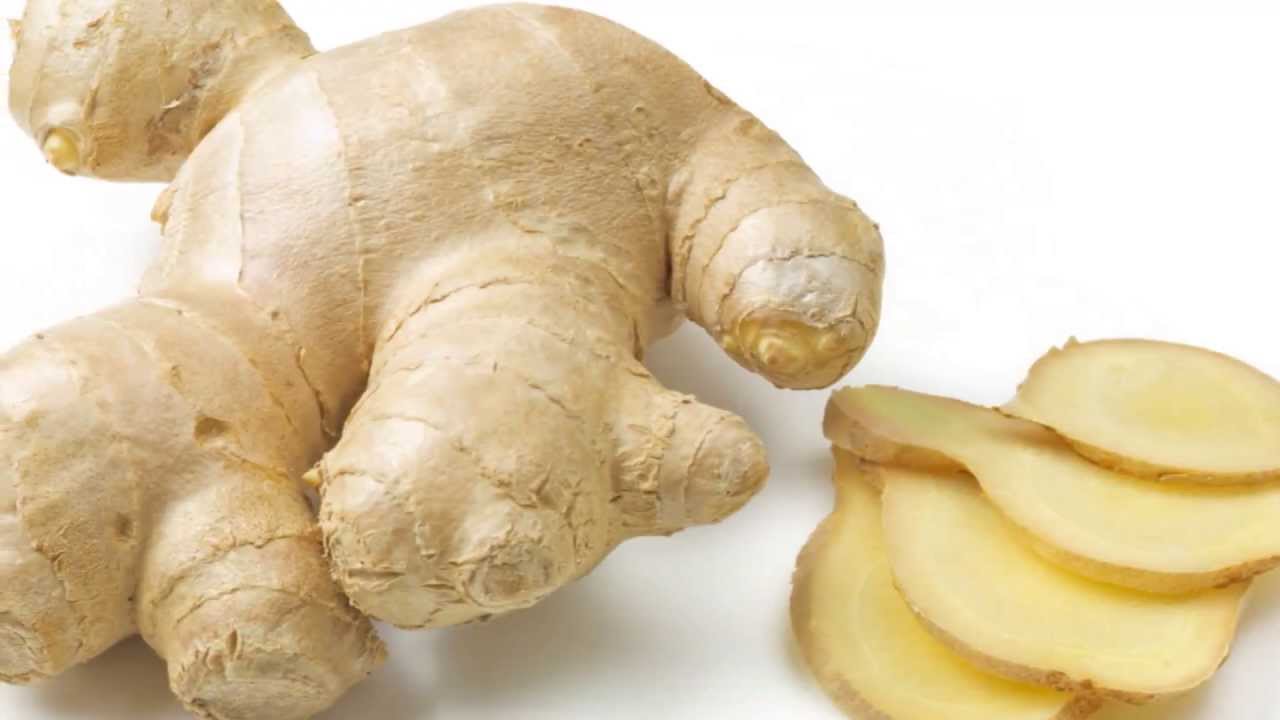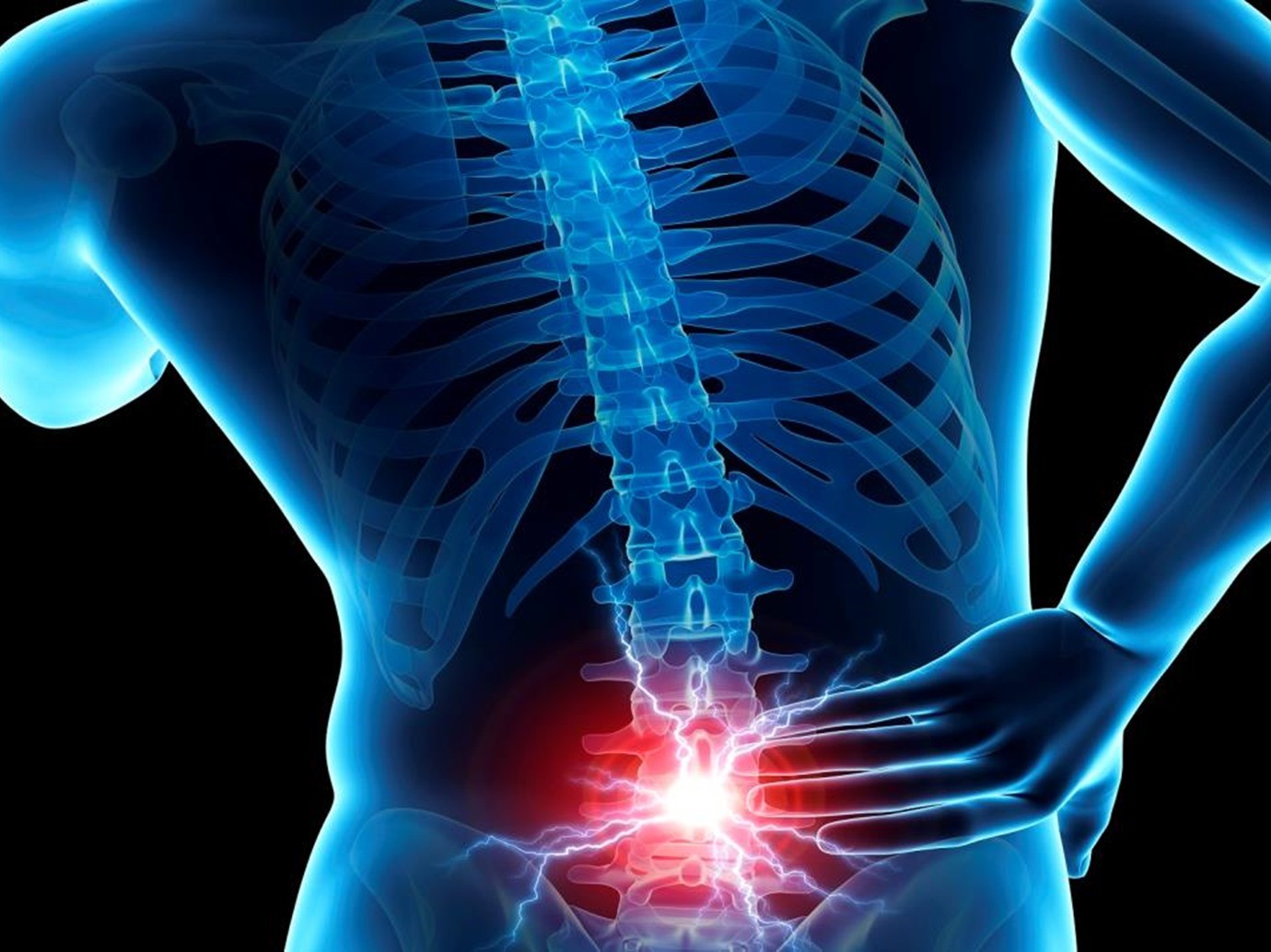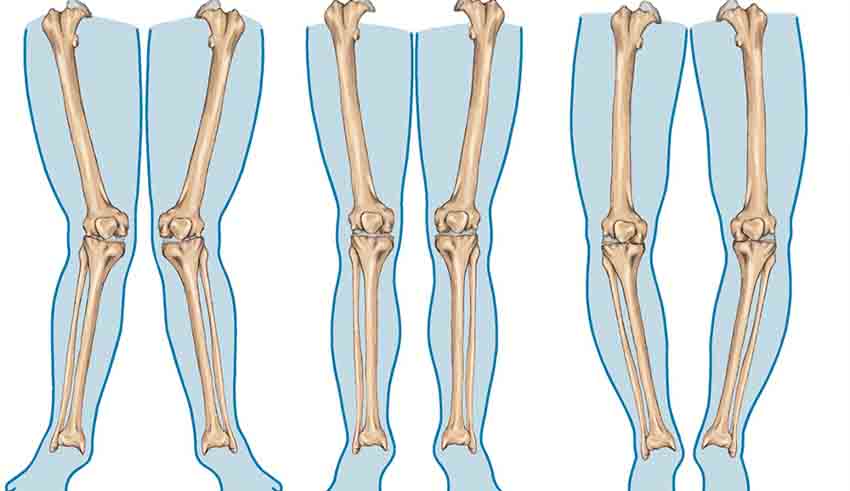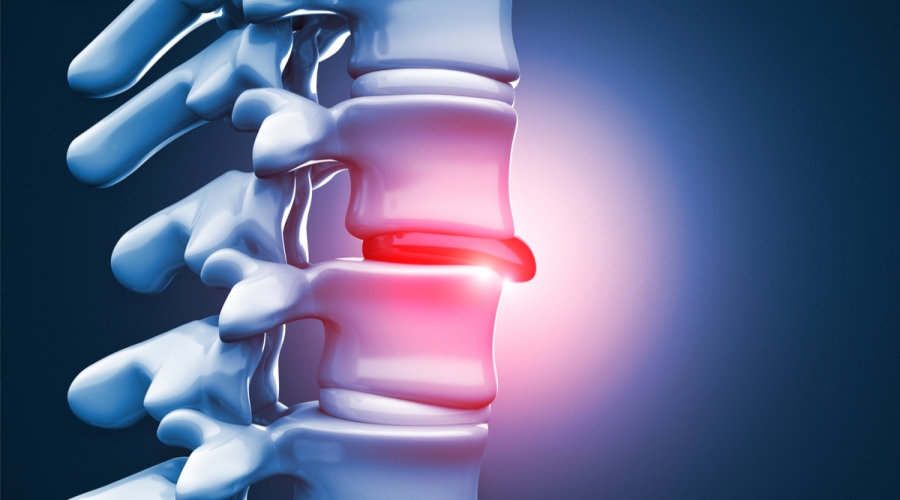What is the difference between gout and Heel Spur?
Gout or disease of kings is one of the diseases that occur as a result of increased levels of uric acid in the body, and there is confusion between it and other diseases such as bone thorns and harmful salts, and we explain in the following rest of the differences related to them.
What is the difference between gout and bone spurs?
Some people confuse gout with a bone thorn, but there are some differences between them, which are:
Gout
Gout usually occurs due to an increase in the percentage of uric acid in the body, which forms crystals around the affected organ, including the big toe and other joints, and causes swelling and a feeling of pain, and it is in the form of attacks that occur at night or early morning.
There is more than one reason that may increase a person’s chances of developing gout, including eating unhealthy foods with high sugar or saturated fats, red meat and sardines, or having liver problems, as well as the use of diuretic drugs, and all of these reasons increase the level of uric acid that causes gout in the blood.
Symptoms of gout appear on the patient when the number of crystals formed around the joint increases, which leads to severe pain in the joint, swelling, and redness of the skin around the affected part, and symptoms may reach difficulty in moving the joint normally.
The bone thorn
The bone spur is formed in the form of a bony bump in the soles of the foot as a result of the accumulation of calcium deposits at the bottom of the heel in the direction of the arch of the foot.
A bone thorn can form for several reasons, including the presence of inflammation in the joints, especially plantar fasciitis, and wearing shoes that are not suitable for the foot, which causes stress, and repeated stress can cause the appearance of the bone thorn.
There are several symptoms of a bone thorn, including the presence of mild pain in the heel that lasts for a period, severe pain in the heel when standing for a long time, as well as swelling in the heel, inflammation and an increase in temperature, and a small bone bump can develop in the soles of the foot towards the heel.
The difference between gout and salts
Gout
Gout results from the body’s mishandling of purine, and this imbalance leads to the accumulation of uric acid crystals on the joint and causes severe pain and difficulty in changing from one position to another, such as sitting and standing, and the patient may feel pain in the big toe and show signs of redness and swelling.
Salts
In the body, there are mineral elements and salts, and the one that manages their absorption and excretion in the body is the liver, and any imbalance that occurs in it leads to an increase in the percentage of harmful salts, which leads to fluid retention in the body and cause swelling and a feeling of general fatigue in the body.
Causes of gout
Gout is a disease that occurs due to the presence of a large percentage of uric acid in the body, which forms crystals around the joint and begins to swell and become irritated. In the following, we learn about the causes of gout:
- Weight gain because it negatively affects the joints.
- Eat foods rich in purines, including red meat and alcohol.
- Anemia.
- Use of diuretics.
- The presence of a sick history of gout in the patient’s family.
- Incidence of cancerous tumors.
- Lack of fluids in the body due to dehydration.
Gouty arthritis
There is some confusion between gout and gouty arthritis, and the scientific difference is that gouty arthritis is a chronic joint disease resulting from gouty joint injury and delay in treatment or several responses of the body to it, which led to its transformation into chronic gouty inflammation.
Early detection and initiation of gout treatment reduces the chances of developing an acute gouty infection, and even increases recovery rates with it. A gout patient needs to follow a balanced diet and exercise regularly in addition to treatment in order for recovery to be faster.




